هديل محمـــــــــــد الحيـــــــــــاري
باحث في برامج دكتوراه اللغة العربية وادابها
ثائر محمد ابراهيم الملكاوي
باحث في برامج دكتوراه اللغة العربية وادابها
الملخص
تستعرض هذه الدراسة بشكل معمق قضية الإلهام والإبداع الفني في الشعر العربي، متتبعةً تطور تفسير هذه الظاهرة الغامضة عبر العصور المختلفة. تبدأ من التصورات القديمة في العصر الجاهلي التي ربطت العبقرية الشعرية بمصادر خارجية ما ورائية مثل “شياطين الشعر” و”وادي عبقر”، ثم تنتقل إلى التحول الذي أحدثه الإسلام بإرجاعه الشعر إلى الشاعر نفسه ورفع مكانة العقل البشري. وتوضح الدراسة كيف عادت بعض التصورات القديمة للظهور في العصر الأموي لأسباب سياسية وقبلية، قبل أن تتحول في العصرين العباسي والأندلسي إلى مادة ثقافية وأدبية. وفي العصر الحديث، تُبرز الدراسة انقسام التفسيرات؛ حيث رأى الاتجاه الرومانسي والوجداني أن الإلهام قوة خفية وغريزة فطرية، مستعيدين أحياناً الأساطير القديمة بشكل رمزي، بينما فسره الاتجاه الواقعي بأنه نتاج جهد واعٍ وتفاعل مع العقل الباطن، متأثراً بالتحليل النفسي. وتخلص الدراسة إلى أن العملية الإبداعية ليست لحظة عفوية، بل تمر بمراحل محددة هي: الإعداد والاحتضان، ثم لحظة الإشراق والإلهام الحاسمة، وأخيراً مرحلة المراجعة والتنقيح التي تصقل العمل الفني.
abstract
This study deeply examines the concepts of inspiration and artistic creativity in Arabic poetry, tracking the evolution of how this enigmatic phenomenon has been interpreted across different eras. It begins with ancient pre-Islamic perceptions that linked poetic genius to external, supernatural sources such as the “demons of poetry” (Shayatin al-Shi’r) and the mythical “Valley of ‘Abqar.” The study then moves to the transformation brought by Islam, which attributed poetry to the poets themselves, thereby elevating the human mind. It notes how some of these ancient concepts re-emerged during the Umayyad period for political and tribal reasons, before being transformed into cultural and literary material during the Abbasid and Andalusian eras. In the modern era, the study highlights a divergence in interpretations; the Romantic and Sentimental (Wijdani) school viewed inspiration as a mysterious and innate force, sometimes symbolically reviving ancient myths, while the Realist school, influenced by psychoanalysis, interpreted it as the product of conscious effort and interaction with the subconscious mind. The study concludes that the creative process is not a spontaneous moment but rather a structured journey that passes through specific stages: preparation and incubation, followed by the decisive moment of illumination and inspiration, and finally, the phase of revision and refinement that polishes the artistic work
